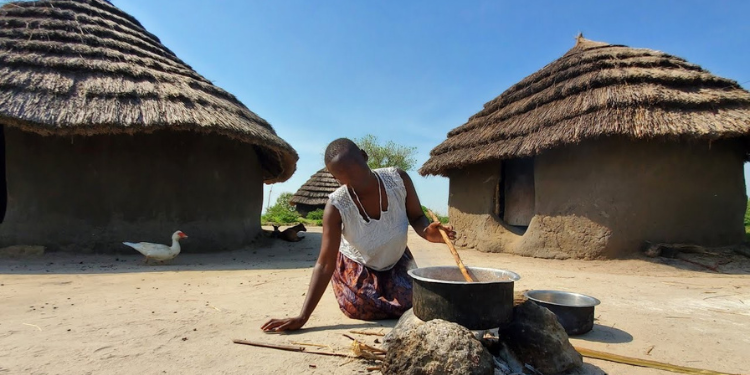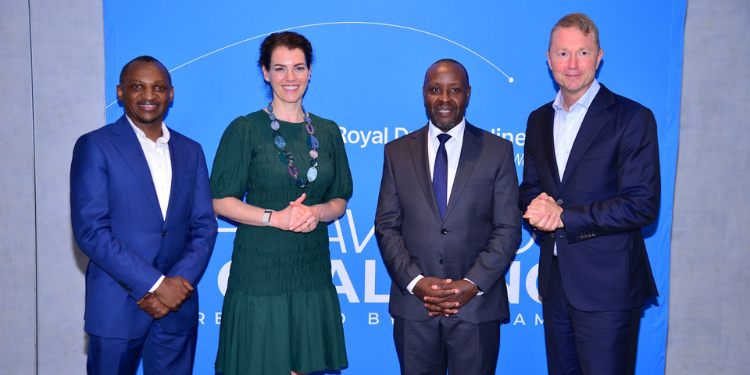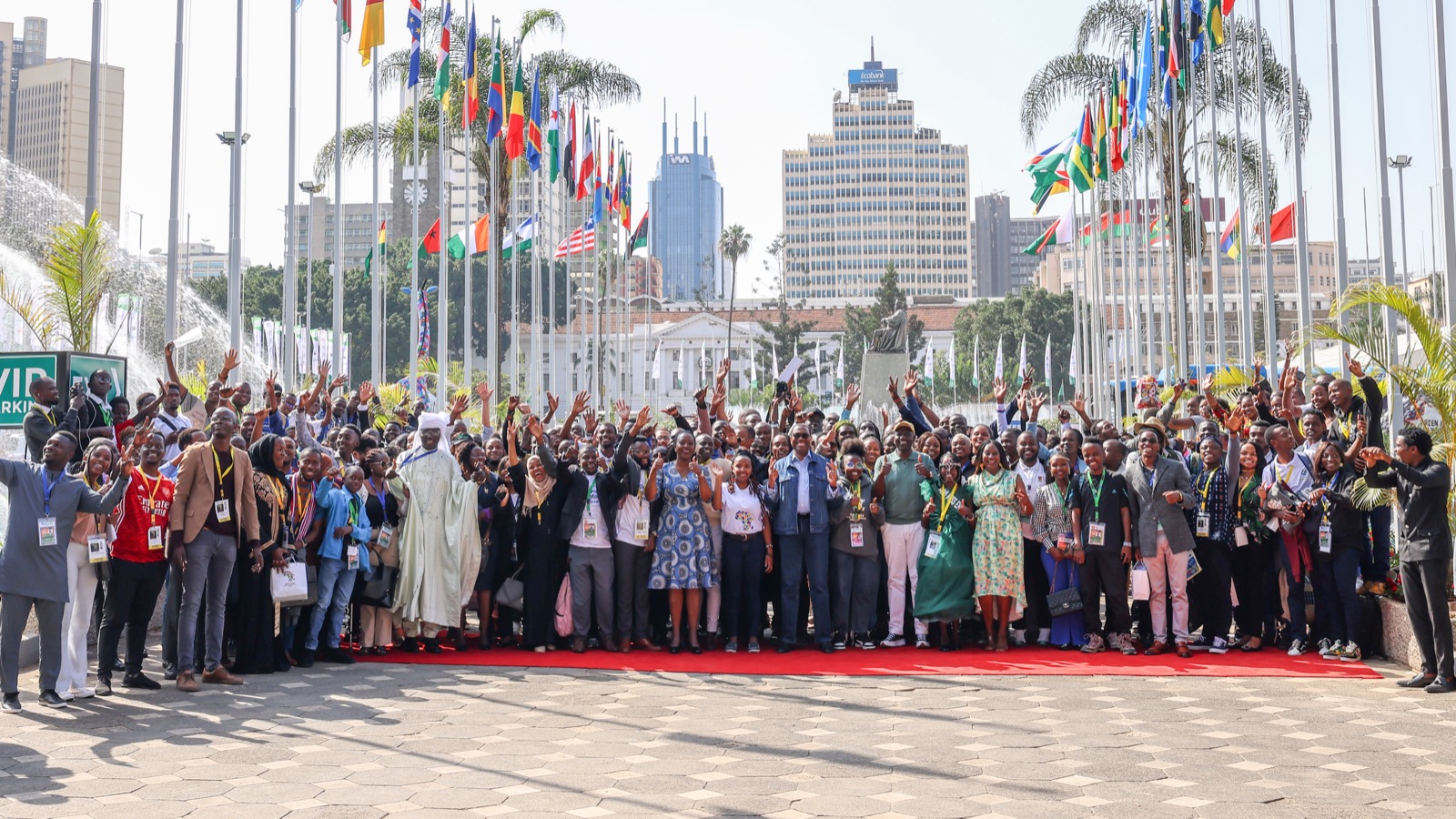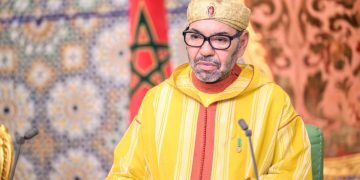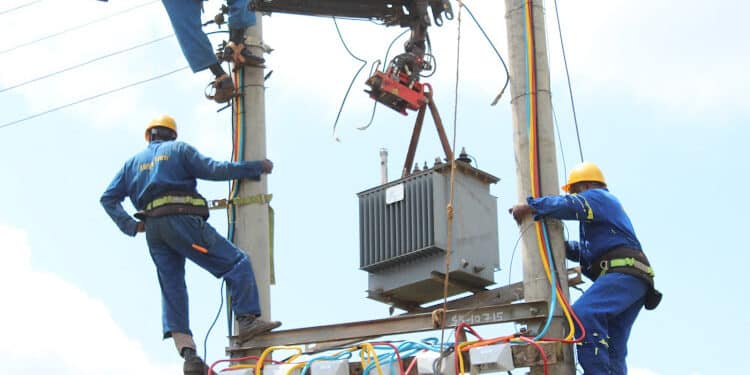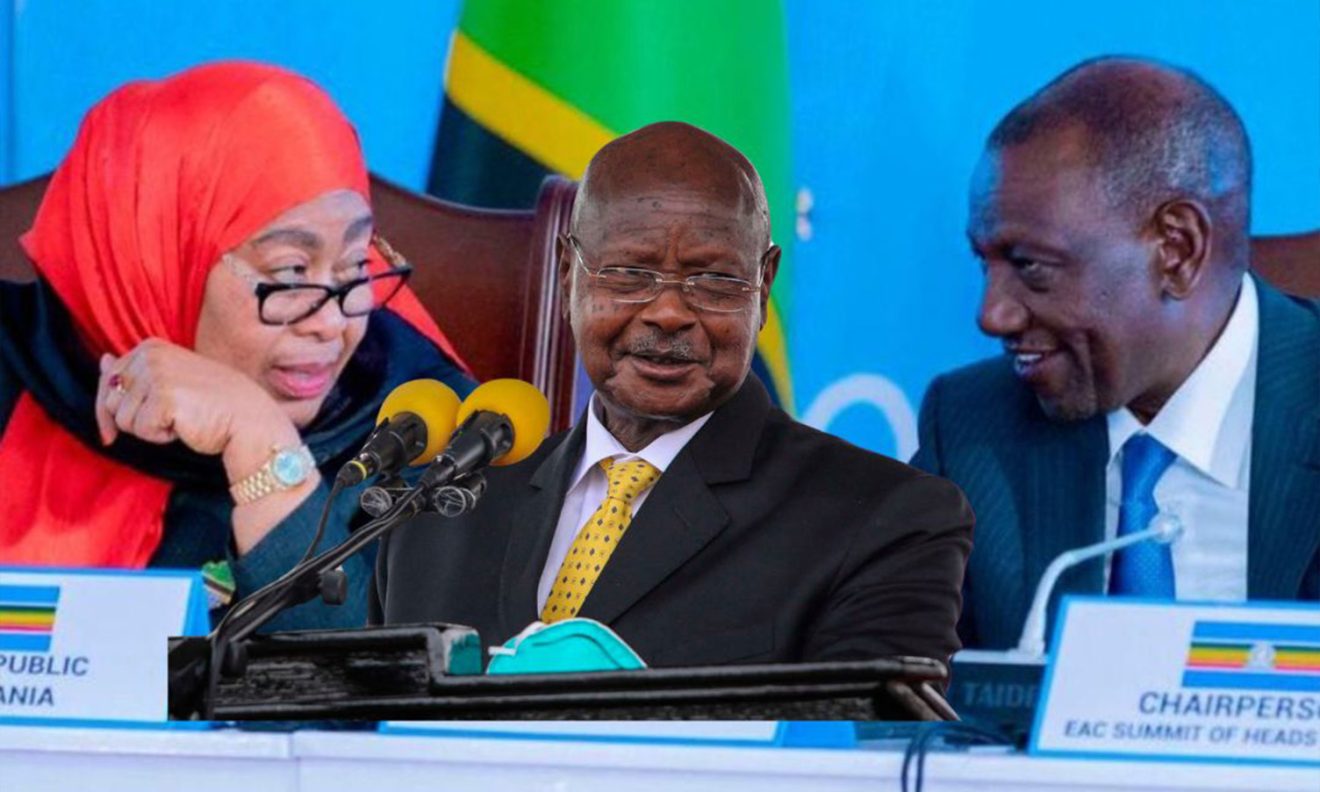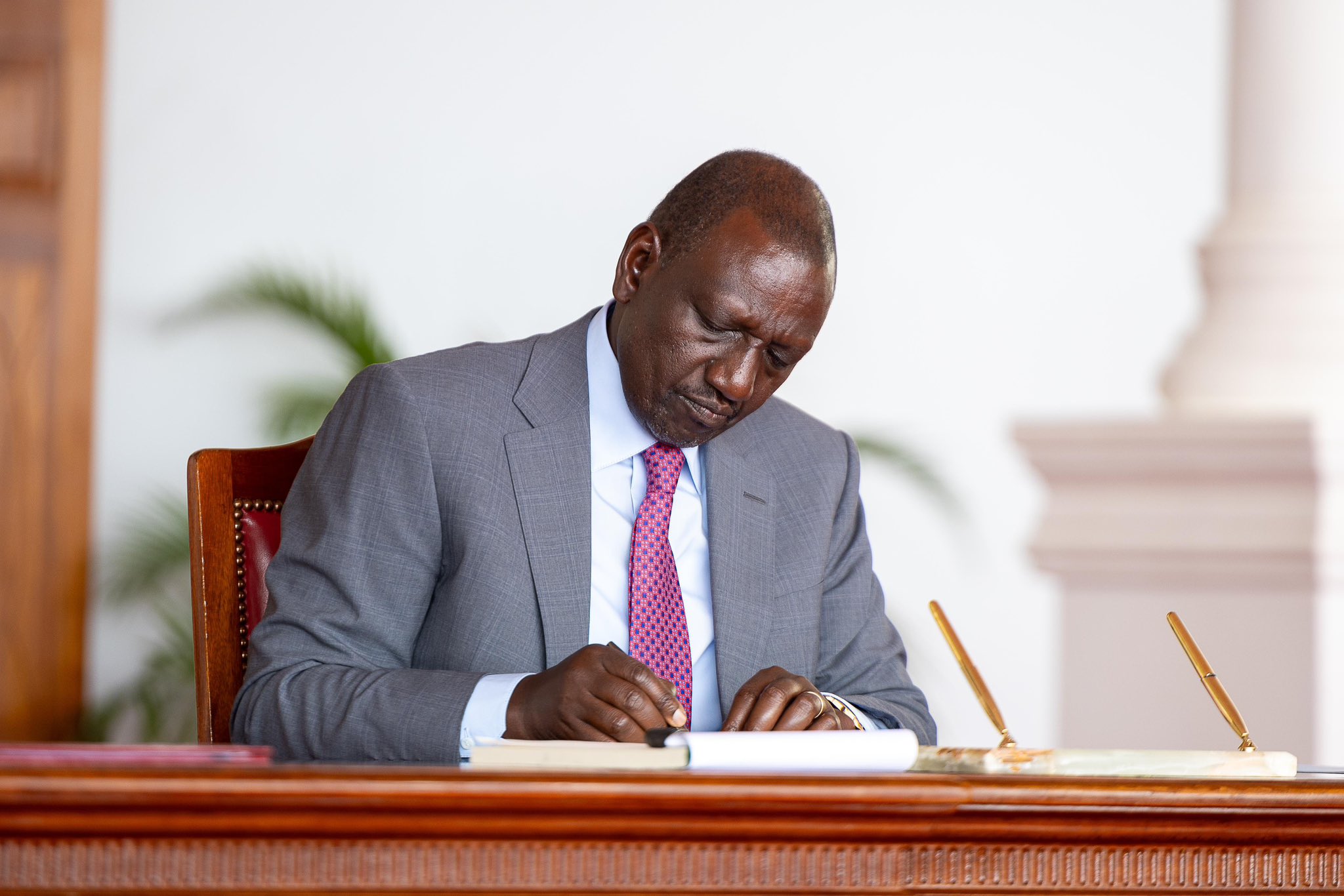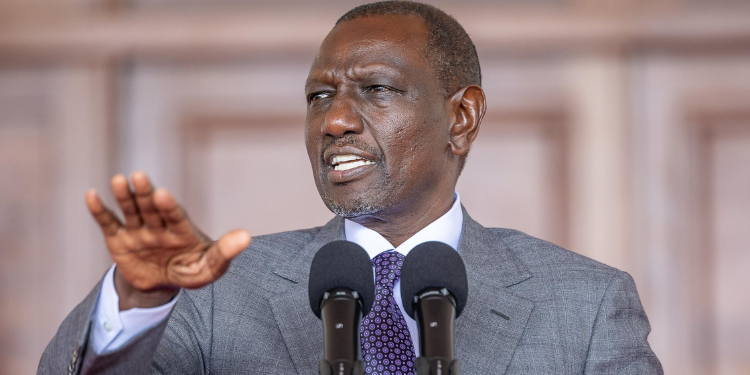American credit rating agency, Fitch Ratings has kept Kenya’s Long-Term Foreign-Currency (LTFC) Issuer Default Rating (IDR) at ‘B-‘ with a stable outlook but issued a strong warning over the country’s deteriorating revenue performance and rising debt servicing costs.
In its latest report released on July 25, Fitch noted that while Kenya enjoys strong medium-term growth prospects and a diversified economy, these are outweighed by persistent fiscal slippages, weak governance indicators, and high external indebtedness.
“These strengths are balanced against weak governance indicators relative to peers, high and rising debt servicing costs, high external indebtedness underpinned by challenges to fiscal consolidation, as well as a high level of informality and political and social challenges constraining government revenue mobilization,” the agency noted.
Fitch Sends Warning to Kenya Over Weak Revenue and High Debt
Kenya’s public debt stood at 66% of GDP in FY25, with Fitch forecasting only a modest decline to 64% by end-FY26.
Interest payments are expected to absorb a third of government revenue, more than double the median for ‘B’ rated peers.
Fitch forecasts Kenya’s budget deficit will hit 5.2% of GDP in the financial year ending June 2026 (FY26), overshooting the government’s own target by 0.5 percentage points and significantly above the 3.6% projected median for ‘B’-rated peers.
This follows an even wider deficit of 5.8% of GDP in FY25, a result of expenditure growth outpacing revenue collections.
Despite a planned reduction in spending, Fitch warned that rising debt service obligations and increasing social and security demands are likely to derail those efforts.
Also Read: Alarm Raised as Kenya’s Debt Costs Among World’s Highest
External Liquidity and Financing Concerns
The agency acknowledged that Kenya’s external liquidity position has improved, bolstered by the early repayment of a USD 2 billion Eurobond in February 2024, a stronger shilling, robust remittances, and increased foreign exchange reserves—now at USD 11.1 billion as of June 2025.
However, Fitch warned that reserve coverage remains weak compared to peers, with projected reserves covering only 3.8 months of current external payments by end-2025, below the 4.4-month average for ‘B’-rated economies.
Uncertainty also clouds Kenya’s access to multilateral financing. The recent cancellation of the IMF arrangement and questions over the country’s ability to meet reform conditions for World Bank disbursements under the Development Policy Operation (DPO) could push the government to seek costlier commercial financing, including a potential panda bond issuance.
In the absence of DPO funding, Fitch anticipates that the government will increase reliance on commercial borrowing, including a possible issuance of panda bond, sustaining high external financing costs.
The government plans to secure nearly USD5 billion (about 3% of GDP) through a mix of official and commercial borrowings in FY26, about one-third of which is expected in concessional loans, specifically from the World Bank and the African Development Bank, but not the IMF.
Also Read: Moody’s Warns of Kenya’s Weak Revenue Performance Despite KRA’s Ksh2.5 Trillion Tax Collection
Revenue Weakness to Persist
Kenya’s underperformance in revenue collection remains a critical vulnerability, with Fitch projecting total revenues will rise marginally to 17.2% of GDP in FY26—still below the government’s 17.5% target and the 17.7% median for similarly rated economies.
Fitch also poured cold water on the recently enacted Finance Act 2025, saying it is unlikely to bring significant gains, as it focuses on tax administration improvements rather than introducing new revenue streams. Efforts to reduce tax expenditures and digitize systems face high implementation risks and persistent leakages.
Despite these challenges, Fitch is cautiously optimistic about Kenya’s growth trajectory, projecting real GDP to expand by 4.9% in 2025, up from 4.7% in 2024.
Follow our WhatsApp Channel and X Account for real-time news updates.



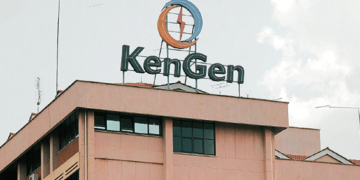
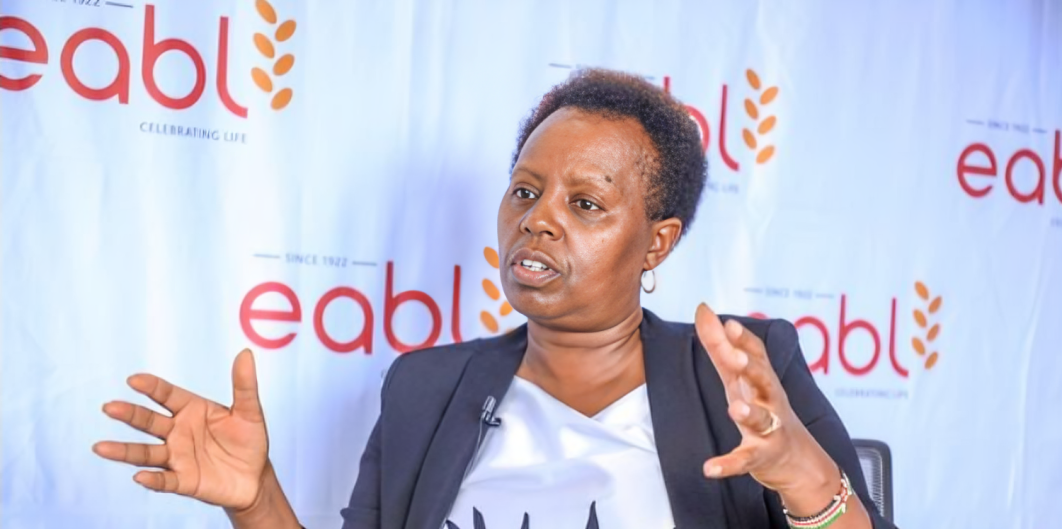
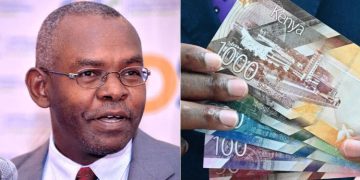
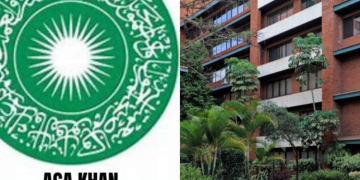



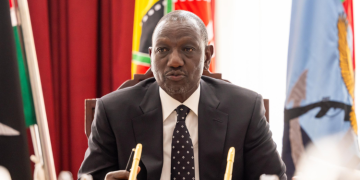



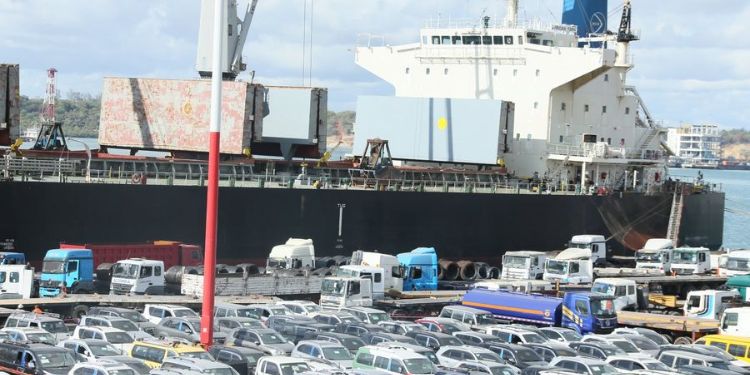


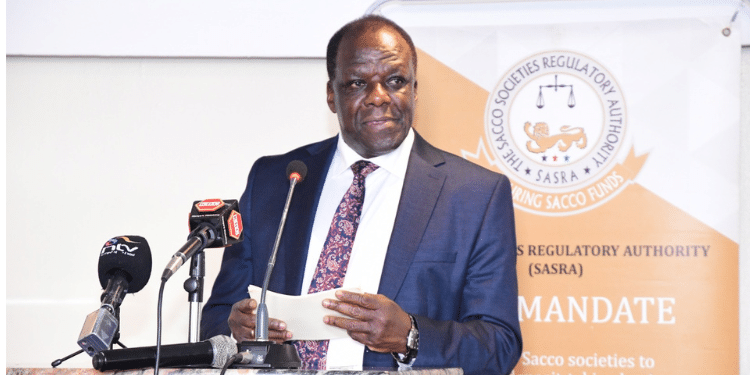




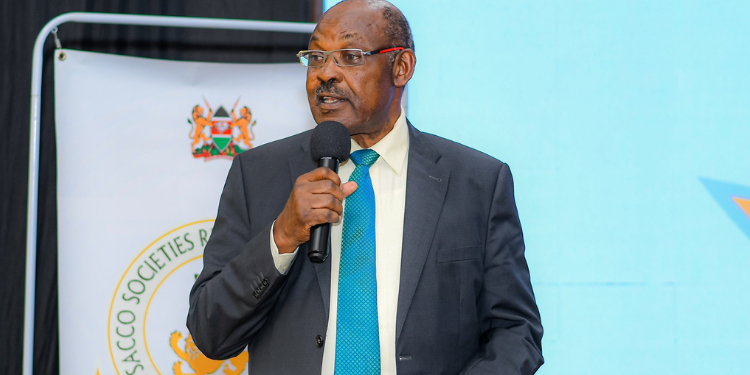




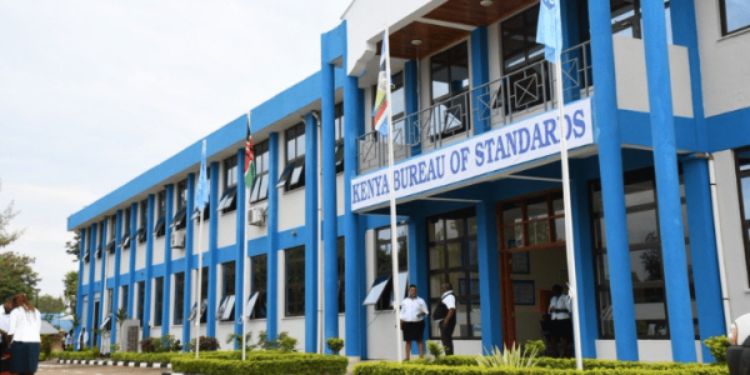
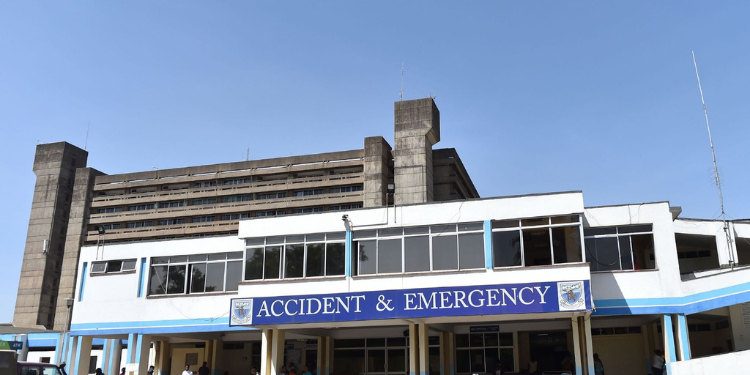


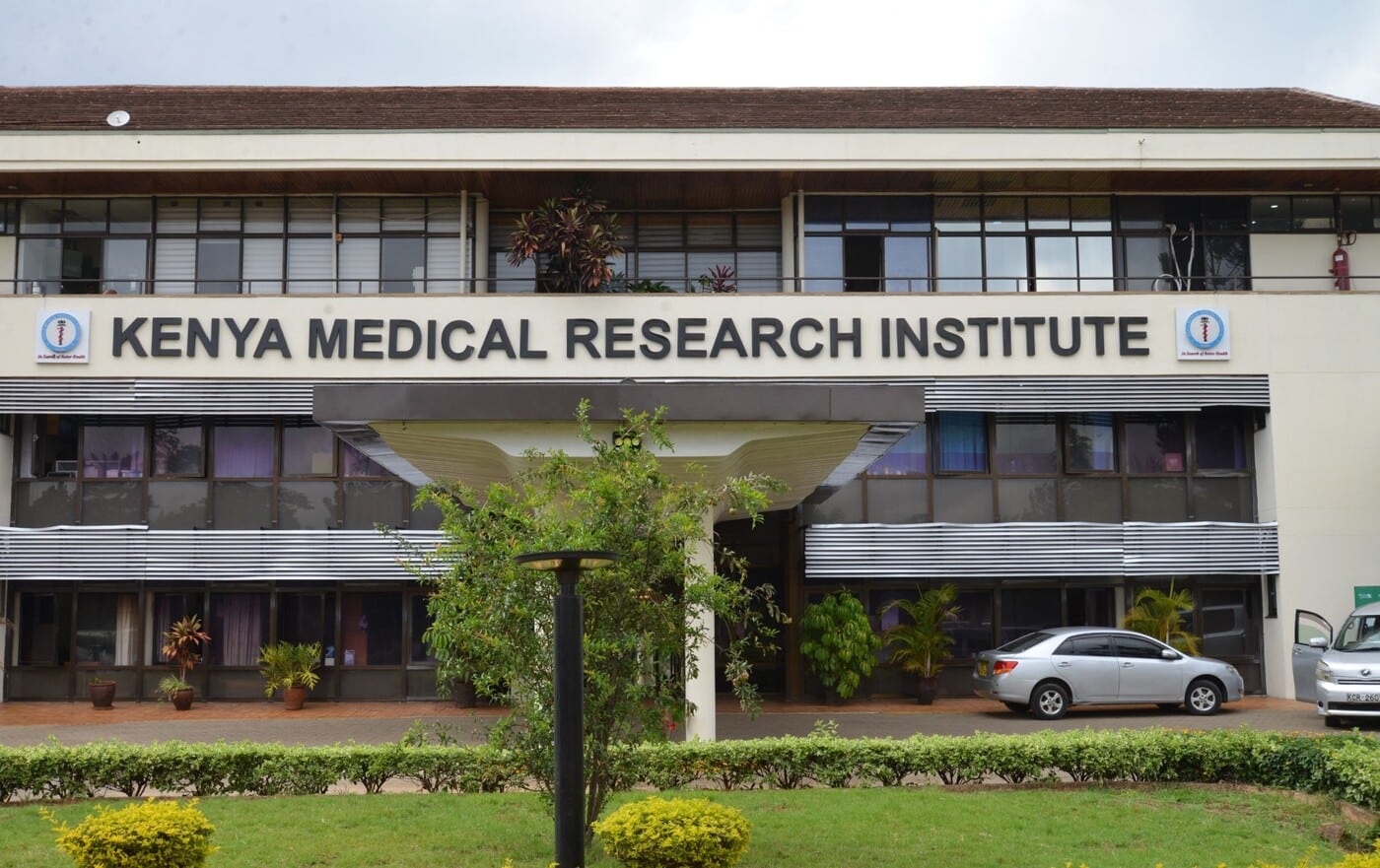
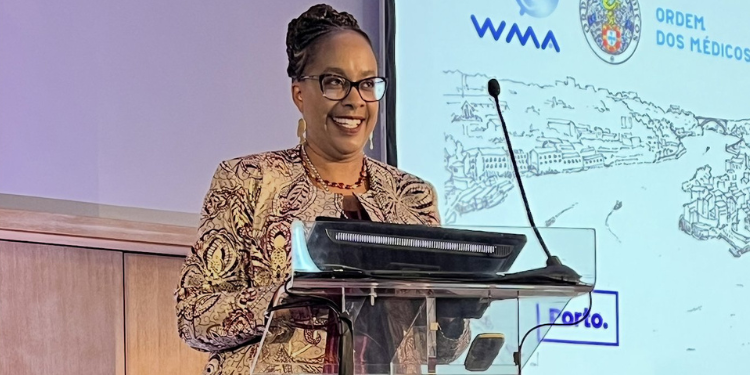




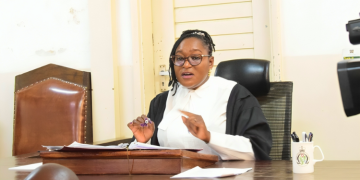


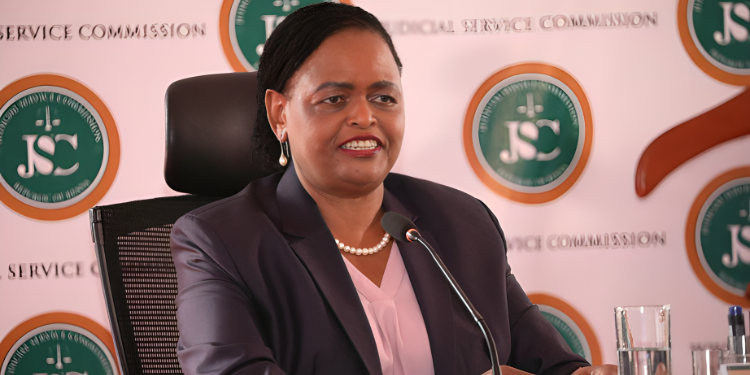













![Senator Allan Chesang And Chanelle Kittony Wed In A Colourful Ceremony [Photos] Trans Nzoia Senator Allan Chesang With Channelle Kittony/Oscar Sudi]( https://thekenyatimescdn-ese7d3e7ghdnbfa9.z01.azurefd.net/prodimages/uploads/2025/11/Trans-Nzoia-Senator-Allan-Chesang-with-Channelle-KittonyOscar-Sudi-360x180.png)




